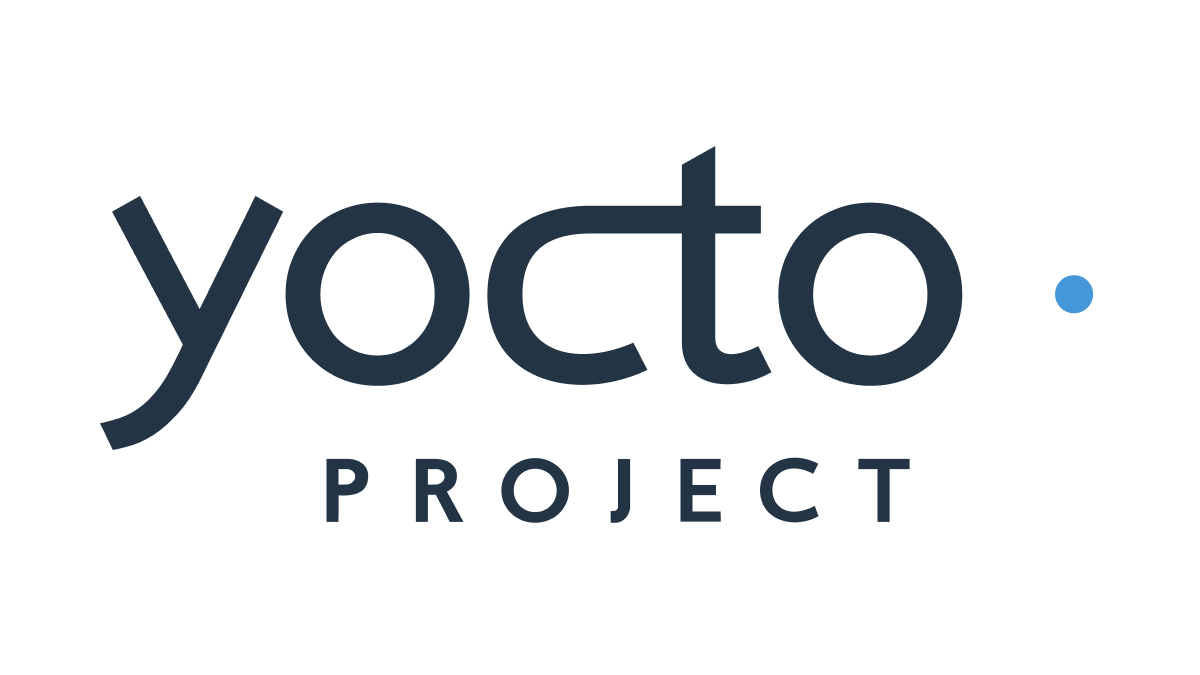
Accelerate Your Embedded Journey
The AMD Embedded Development Framework (EDF) is a complete open-source environment that helps embedded engineers evaluate, develop, and deploy applications on AMD adaptive SoCs.
Built on the Yocto Project™, EDF replaces AMD PetaLinux tools with a modern workflow for both software and hardware integration. From evaluation boards to deployed systems in the field, EDF allows teams to move from prototype to deployment efficiently and without disruption.
Why Choose EDF
Open-source Flexibility
Build on the industry-standard Yocto Project™ to avoid vendor lock-in, speed integration, and ensure long-term maintainability.
Full-stack Solution
Start from pre-built images, boot firmware, and reference designs that provide a foundation for embedded development.
Accelerated Development
A path for evaluation, development, and deployment for software applications and hardware integration.
EDF Technical Overview
Dive deeper into EDF with a technical walk-through of the key features of EDF, the solution stack, feature-rich Linux®-based images, persona-based development flows, and example designs. This downloadable presentation shows how developers can quickly bring up AMD adaptive SoCs and build a foundation for their embedded applications.


Open-Source Foundation
EDF is built on the Yocto Project™, an industry-standard open-source build system used for embedded Linux development. This approach ensures engineers can create reproducible and maintainable systems that stay up to date with long-term security and community support.
Key Benefits of a Yocto-Based EDF Flow
- Linux distribution: Build Linux OS tailored to specific needs
- No lock-in: Develop with vendor-neutral tools for long-term flexibility
- Broader ecosystem: Leverage community libraries, extensions, and tools
- Easy integration: Align with open-source environments already in use
- Deployment Path: Access upstream updates and long-term OS vendor support
Watch the Yocto Project Basics video to see how EDF simplifies build management for AMD adaptive SoCs.

Complete Solution Stack
EDF delivers a full suite of tools and components needed to bring up and scale embedded systems. Both software and hardware engineers can use EDF to enable their SoCs quickly and build on a strong, consistent foundation.
Fast Embedded Development
EDF shortens the journey from evaluation to deployment with pre-built images, automated flows, and role-based development paths. Developers can start in minutes, then grow into advanced OS or hardware customization without restarting from scratch.
Evaluate
- Out-of-the-Box Evaluation: Boot pre-built images, test silicon features, and run out-of-box examples
Develop
- Software Development: Write and deploy software using SDKs, containers, or package feeds
- OS Integration & Development: Customize your software stack, add domains, and extend functionality
- Hardware Integration: AMD Vivado™ and Vitis™ tool flows and Configurable Example Designs (CEDs) to integrate PL payloads
Deploy
- Deployment-Ready: Integrate customized software stack on end-application hardware
- Long-Term Maintainability: Engage commercial Operating Systems Vendors for volume production and long-term support
Resources
Supported Devices and Evaluation Kits
The AMD Embedded Development Framework supports a wide range of adaptive SoCs and evaluation platforms.
- Zynq 7000
- Zynq UltraScale+ Adaptive SoCs
- Versal AI Core Series
- Versal AI Edge Series
- Versal Prime Series
- Versal Premium Series
- Versal HBM Series
- Versal AI Edge Series Gen 2
- Versal Prime Series Gen 2
Existing users of AMD PetaLinux tools are encouraged to migrate to AMD EDF for all future embedded projects. EDF provides an open, reproducible, and scalable workflow that aligns with modern embedded development practices.
FAQs
Yes, AMD EDF is an evolution of AMDs Yocto Project™ flows, and replaces the PetaLinux tooling and flows.
EDF Linux® BSP provide similar functionality to a PetaLinux BSP – Boot firmware, bootloaders, Linux OS, Linux Root file system. However the Kernel Configuration and rootfs are richer. AMD recommends re-generating the full stack within EDF to ensure compatibility.
AMD recommends starting with the Getting Started – Walk through examples and Development Flows sections of the EDF documentation, with Common, Device, and board specific specifications available in the relevant sections of the EDF Documentation.
See the Migrating a project from PetaLinux to EDF section of the EDF Documentation for more information.
AMD EDF currently releases on the same timeline as Vivado™ Design Suite releases, but as a separate component. EDF is validated against the Vivado Design Suite Release, with pre-compiled artifacts updated. EDF release naming uses a YY.MM.<update> scheme. For example EDF 25.05 aligns with the Vivado™ Design Suite 2025.1 release, and EDF 25.05.1 aligns with the Vivado™ Design Suite 2025.1.1 release.

Get Started
Download EDF artifacts and begin your embedded development journey.
- Out-of-box evaluation with Linux disk images optimized for AMD adaptive SoCs
- Software development using EDF Linux and Platform BSPs for full-board bring-up
- Custom embedded design with boot firmware, example designs, and reference assets
Footnotes
Yocto Project and all related marks and logos are trademarks of The Linux Foundation. This website is not, in any way, endorsed by the Yocto Project or The Linux Foundation.
Yocto Project and all related marks and logos are trademarks of The Linux Foundation. This website is not, in any way, endorsed by the Yocto Project or The Linux Foundation.
